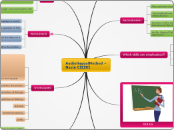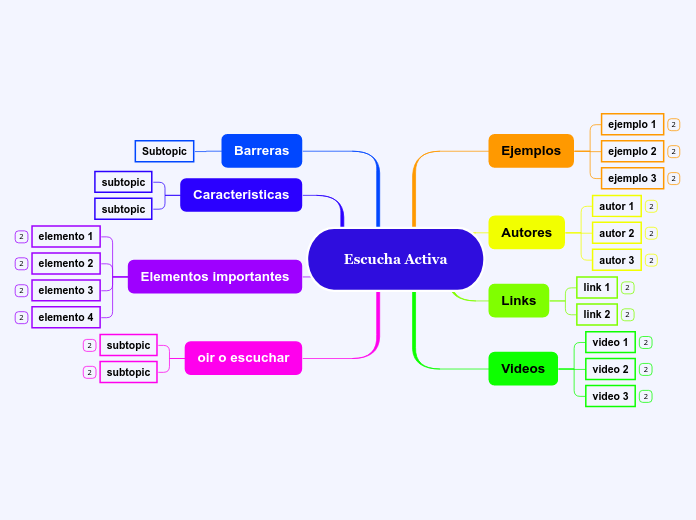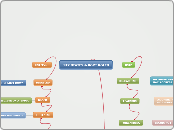AudiolingualMethod –
Nazin CİZİRİ
ADVANTAGES
Culture is comes with the contextual learning
Easy to apply in large groups
Improves listening and speaking skills
TECHNIQUES
Drills
Grammar games
Act out
Completion of diologs
Memorization of diologs
Teacher correct the errors.
Listen and repeat
PRINCIPLES
(MORE...)
The principles of this method are:
1. Instructions are given in the target language.
2. Language forms occur within a context.
3. Students’ native language interferes as little as possible with the students’ attempts to acquire the target language.
4. Teaching is directed to provide students with a native-speaker-like model.
5. Analogy provides a better foundation for language learning than analysis.
6. Errors are carefully avoided because they lead to the formation of bad habits.
7. Positive reinforcement helps the student to develop correct habits.
8. Students are encouraged to learn to respond to both verbal and nonverbal stimuli.
9. The teacher is regarded as an orchestra leader-conducting, guiding and controlling the students’ behavior in the target language.
10. Learning a foreign language is treated on par with the native language learning.
11. A comparison between the native language and the target language is supposed to help teachers to find the areas with which their students probably experience difficulty: this is expected to help students to overcome the habit of the native language.
12. Language is not seen separated from culture. Culture is the everyday behavior of people who use the target language. One of the teachers’ responsibilities is to present information about that culture in context.
13. Students are taken to be the imitators of the teacher’s model or the tapes.
14. The dialogue is the chief means of presenting vocabulary, structures and it is learned through repetition and imitation.
15. Mimicry, memorization and pattern drills are the practice techniques that are emphasized.
16. Most of the interaction is between the teacher and the learner and it is imitated by the learner.
17. Listening and speaking are given priority in language teaching, and they precede reading and writing.
18. Correct pronunciation, stress, rhythm and intonation are emphasized.
19. The meanings of the words are derived in a linguistic and cultural context and not in isolation.
20. Audio-visual aids are used to assist the students’ ability to form new language habits.
Learning languages is a native formation.
Teacher uses the drills to teach the lines of a dialogs.
The teacher should be a native speaker of the target language
Only the target language is used.
GOALS
Forming new habits through overcoming the old habit.
Overlearning →automatically without stopping to think
Teachers want their students to be able to use the target language communicatively.
DISADVANTAGES
Reading and writing are not emphasised
Students repeat and memorize without knowing the meaning
Teacher centered classes
Students are not active
ROLES
TEACHER'S ROLE
Observer
Contol
Model
Center
Active
STUDENT'S ROLE
Communicator
Little contorl over the content and pace
Imitator
Passive
Which skills are emphasised?
Writing
Reading
Speaking
Listening
BACKGROUND
Audio-Lingual Method is an oral-based approach.
Lessons in the classroom focus on the correct imitation of the teacher by the students.
The method was devoloped in U.S.A after the World War II
The factor that enabled the birth of the Audio-lingual method was the outbreak of World War II, which created the need to post large number of American servicemen all over the world. It was therefore necessary to provide these soldiers with at least basic verbal communication skills. Unsurprisingly, the new method relied on the prevailing scientific methods of the time, observation and repetition, which were also admirably suited to teaching en masse. Because of the influence of the military, early versions of the audio-lingualism came to be known as the “army method.”
The method is based on behaviorist theory
What is Audio-Lingual Method?
The audio-lingual method, also knows as "army method", is a teaching style used in teaching foreign languages.









